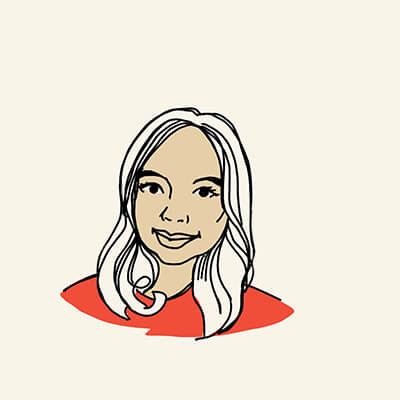Your Notice of Assessment from the CRA, received after filing your tax return, will state your RRSP deduction limit for the following year. This information is also available in My CRA Account. The calculation of the amount will depend on whether you are a member of a pension plan, and if you are, the type of pension plan.
The amount you can contribute to an RRSP/PRPP in a given year is:
Your PA for the prior year should be on your T4 slip (Box 52) or T4A (Box 034). The pension adjustment (PA) amount is the value of the benefits you earned in the year under your employer's registered pension plans (RPP) and deferred profit sharing plans (DPSP), and possibly some unregistered retirement plans or arrangements.
The PSPA is the sum of the additional pension credits that would have been determined for prior years if the RPP had provided for the upgraded benefits or additional period of pensionable service at the time each pension credit was first required to be determined.
In a DPSP or defined contributions (money purchase) pension plan, the PAR is the amount of the employer contributions that are unvested at termination of membership. In a defined benefit provision the PAR is generally the difference between:
the PAs and PSPAs earned to termination of membership, and
the commuted value of benefits.
This information is in Box 2 of your T10 slip.
You can deduct what you contribute to your RRSP from your taxable income. You can also deduct previous contributions if you haven't applied them as deductions yet or continue to roll them over.



